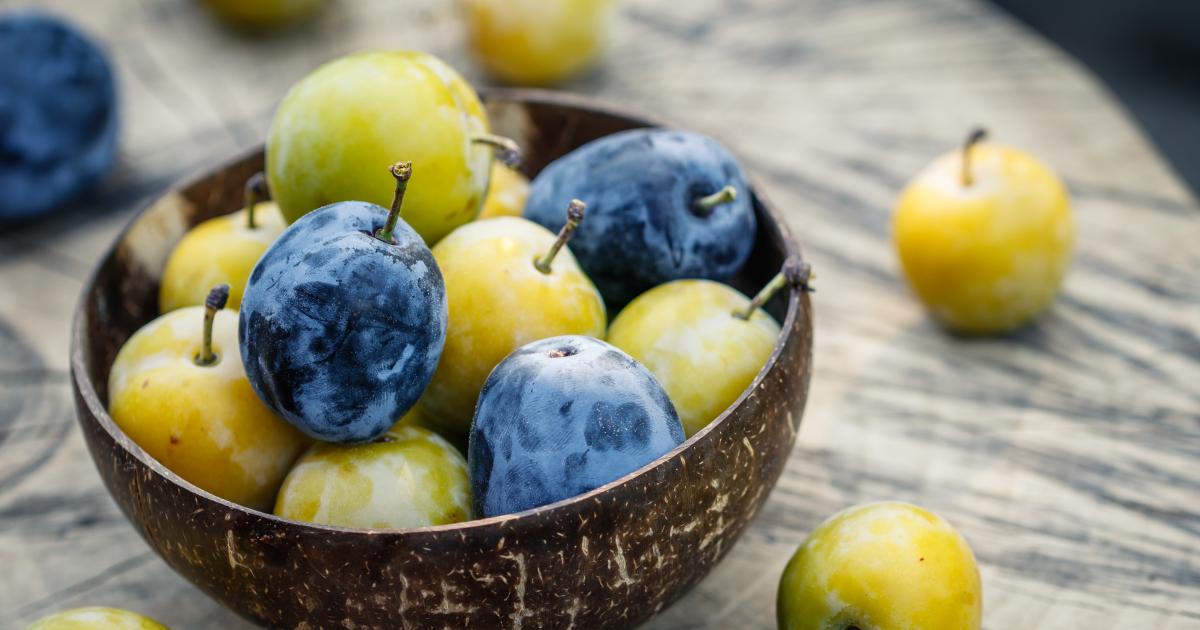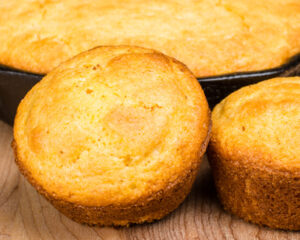
Suggested video What products are in season in August?
Video 1 of 2
This is the perfect time to enjoy plums since the season is in full swing. It is possible to taste them in delicious desserts or eat them plain, to each his preference. But before preparing them, it is still necessary to choose them well. A white film can be noticed on these fruits. Is this a good thing? An expert answered the question on Instagram.
On Instagram, the @prendunfruit account took an interest in the white film covering the plums. The opportunity to know if this detail is a guarantee of quality or if, conversely, it shows that the plum is damaged.
In this video, we learn that the plum is one of the fruits with the particularity to be “hydrophobic”i.e. it is water resistant and so “protects itself from the rain”. The water cannot wet the plum. For this reason, “as the water does not run over it, it does not damage the fruit”. A characteristic that allows this fruit to be kept longer.
This phenomenon is possible thanks to the white film present on the plums called the bloom. The latter is produced naturally by the fruit and it turns out “essential to its survival”. To tell the truth, the bloom is a marker of quality since it gives the fruit a “protection against the sun because it will reflect UV rays which prevents the evaporation of the fruit”. But that’s not all, this layer will also serve as “protection against pathogenic microorganisms that could damage the fruit”. It is also essential for maintaining good conservation and preventing mould.
It is therefore important that a plum has this white film around it car “the less bloom the plum has, the more it means that it has been manipulated”. But be careful, the bloom is particularly fragile and all it takes is a single finger swipe to remove it. In order to check that your plum is still well protected, you can pass a shot of water over it.
The Instagram account tells us that the plum is not the only fruit to have this particularity since it is also found for grapes, blueberries or even apples and pears.
Source:https://www.750g.com/prunes-a-quoi-sert-la-pellicule-blanche-presente-sur-ce-fruit-a34596.htm


